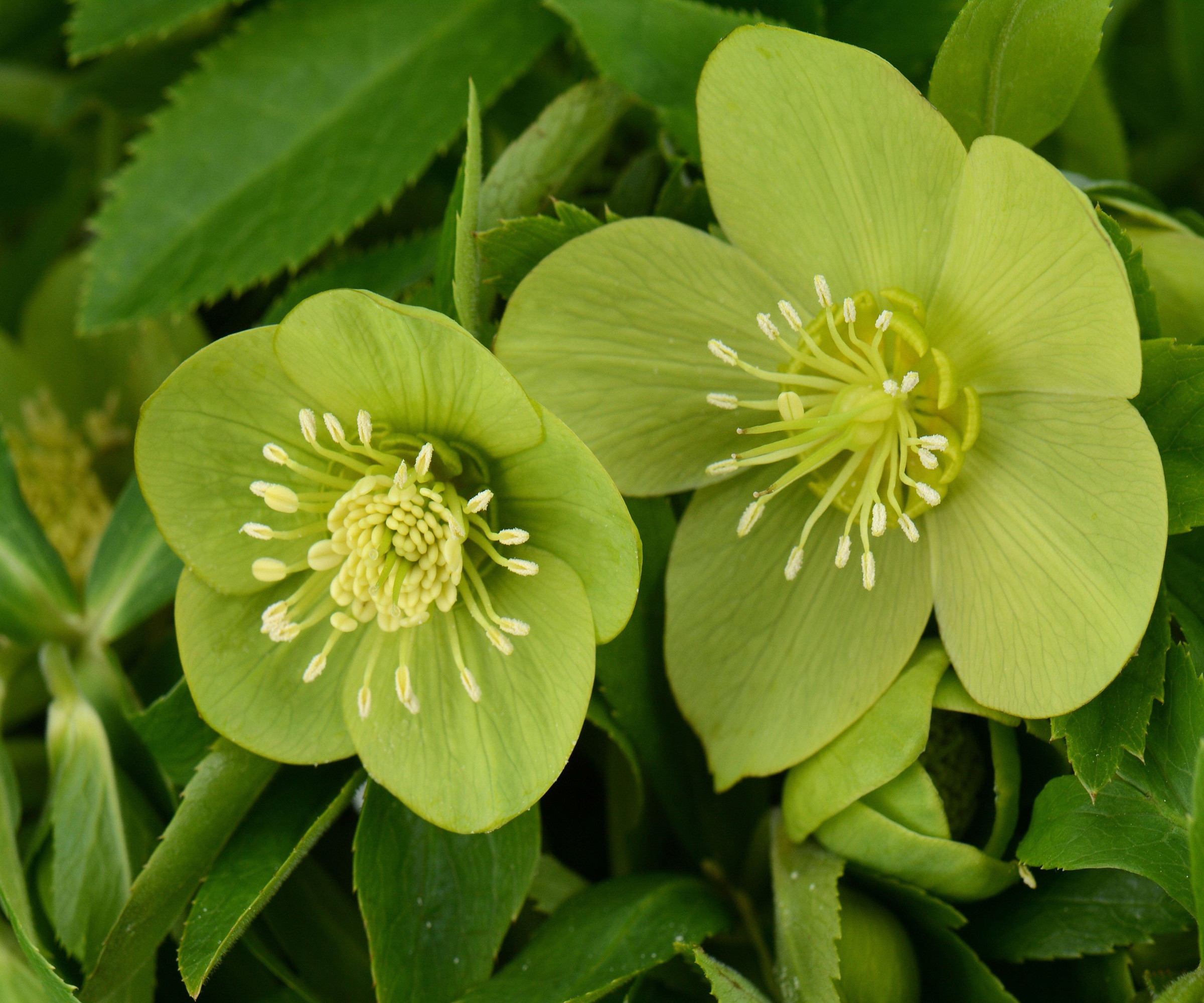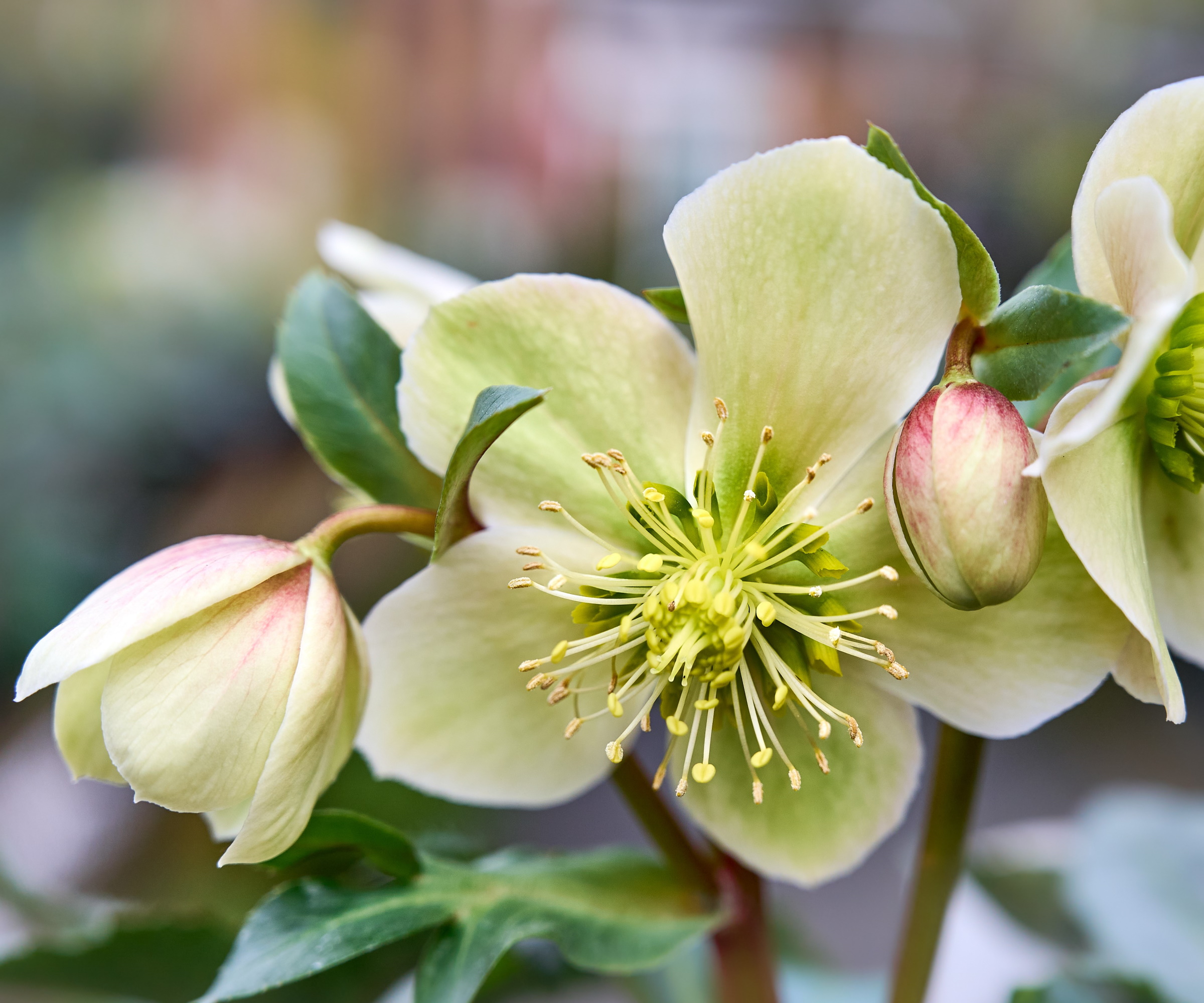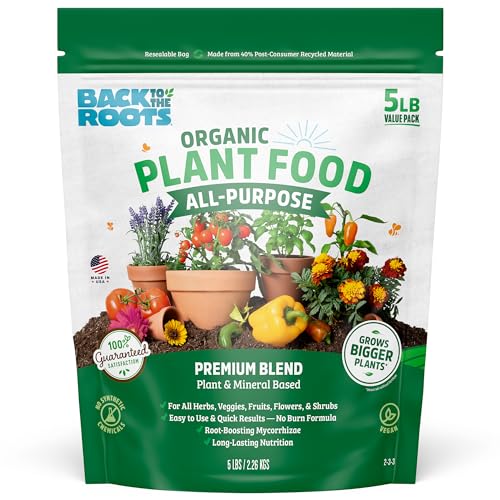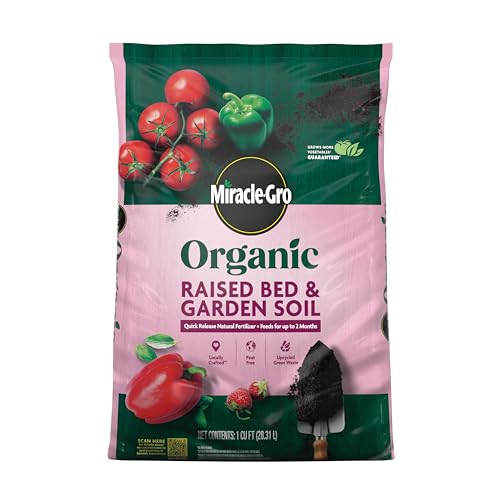How and when to fertilize hellebores – for healthy plants and better blooming
Hellebores are low-maintenance plants that seldom need fertilizing, but some feeding after flowering can give your plants a boost


Hellebores are typically considered winter and spring flowering plants. When all else in the yard is quiet, calm and might appear void of life, hellebore blooms light up even the darkest corners. The Helleborus genus consists of approximately 20 perennial and evergreen species, most of which tend to bloom in winter and spring.
Most of us will be familiar with lenten roses, Helleborus orientalis, with numerous different cultivars of this species flowering in various colors, from yellow to deep maroon and every color in between. One of my favorite hellebore species is the 'stinking hellebore', Helleborus foetidus, so named for an unpleasant odor emitted when the foliage is crushed. This species has striking yellow-green flowers that seem to go on and on, and last long into the spring.
When considering how to grow hellebores, these hardy, low-maintenance plants can often do just fine without regular fertilization or watering. However, as a gardener, I have found that annually applying mulch to borders and the occasional feed can help hellebores to thrive. Here, hellebore experts discuss how and when to do this, and the best products to use for feeding your plants.

How and when to fertilize hellebores
Many different hellebore varieties and species are low-maintenance and easy to grow. Most hellebores are hardy, growing best in US hardiness zone 4 to US hardiness zone 8, able to tolerate cold, frosty winters and warm, dry summers.
Hellebores can be grown in borders, typically thriving in part-shaded areas, such as under large trees and mature shrubs. They can also be grown in containers, making for attractive winter pot displays. Whether grown in the ground or in pots, feeding your plants can support plant health, growth and blooming.
When to fertilize hellebores

Hellebores are not typically considered heavy feeders, but feeding can help to improve plant growth and floral performance in subsequent years. Most hellebore species are considered woodland plants, and so mimicking this environment can help to improve soil health and nourish your plant - whether that is with annual mulching or applying fertilizer to add nutrients to the soil.
Feeding is best done in the late springtime, once your hellebore has finished flowering. While this will vary from species to species and will be dependent on your US hardiness zone, this will usually be in May or June.
Design expertise in your inbox – from inspiring decorating ideas and beautiful celebrity homes to practical gardening advice and shopping round-ups.
So, once the petals have faded and fallen, you can either snip stems down to the base of the plant, or leave these stems to go to seed if you are looking to grow your hellebore collection. At this point, you can then feed your plant.
How to fertilize hellebores

'The flowers of hellebores are long-lasting and can remain attractive into late spring,' says Doug Ruhren, plant expert and curator at Juniper Level Botanic Garden near Raleigh, North Carolina. 'As the flowers age, they will typically change color, from white, pink or red to green or mauve.'
'When the flowers eventually brown and become unattractive, the whole flowering stalk can be removed at ground level,' Doug adds. It is at this point that you can feed your plants.
'I always recommend using organic products rather than chemical fertilizers. You can use a general organic fertilizer most any time of the year, but I like applying it in spring to feed the microbes in the soil,' Doug says.
Much like Doug, I recommend using an organic general feed for fertilizing outdoor plants, and there are many effective fertilizers available to order online, including this natural and organic feed, available from Walmart.
Doug also recommends applying a 'good layer of compost or mulch to borders,' as doing so will help to improve the condition and quality of the soil. Not only will this help to feed the soil, but it will also help your borders to retain moisture and suppress weeds.
There are many mulches available to buy, including this pine mulch from Walmart. I would typically mulch during the fall, but this can be done at any time of the year.

Doug is Garden Curator at Juniper Level Botanic Garden near Raleigh, North Carolina. After completing his studies at Rutgers, Doug worked at Chatwood Estate, Montrose Gardens, Daniel Stowe Botanical Garden, and The American Camellia Society headquarters. Doug is responsible for most of the plant collections and planting decisions, advising garden maintenance staff, and heading up many of our educational efforts.
Feeding hellebores grown in pots

'Hellebores can be grown for a short time, say a couple of years, in containers,' Doug says. 'While hellebores perform best in the long term if planted in the ground, it is possible to grow them in pots.'
'If choosing a container you want to make sure you choose a large enough container to allow for adequate root growth and ensure that you use good soil with plenty of drainage material,' Doug says.
For hellebore plants grown in containers, use an organic plant feed, such as this fertilizer from Plant-Tone, available from Amazon. Always dilute your fertilizer in water, following the instructions that are found on the reverse of the packaging. As with any plant that is grown in a pot, remember to water and feed more regularly than those plants grown in borders.
FAQs
What mulch should I use to feed hellebore plants that are grown in garden borders?
I would recommend using a homemade leaf mold or compost that is all-natural and organic. Applying this mix to your borders once a year will help feed the soil and add plenty of nutrients that are necessary for plant health and growth. If you do not have the space to make mulch or compost, all good garden stores will have organic mixes that you can evenly spread across your borders at any time of year.
While hellebores are not considered heavy feeders, the occasional mulch and feed will certainly help to give your plants a boost. For more information on caring for hellebore plants, see our guide on how to propagate hellebores, or our feature on plants that complement hellebores, to fill your yard with color.

Thomas is a Content Editor within the Gardens Team at Homes and Gardens. He has worked as a professional gardener for both public spaces and private estates, specializing in productive gardening, growing food and flowers. Trained in Horticulture at the Garden Museum, he has written on gardening and garden history for various publications, including The English Garden, Gardens Illustrated, Hortus, The London Gardener and Bloom. He has co-authored a Lonely Planet travel book, The Tree Atlas, due out in 2024.

